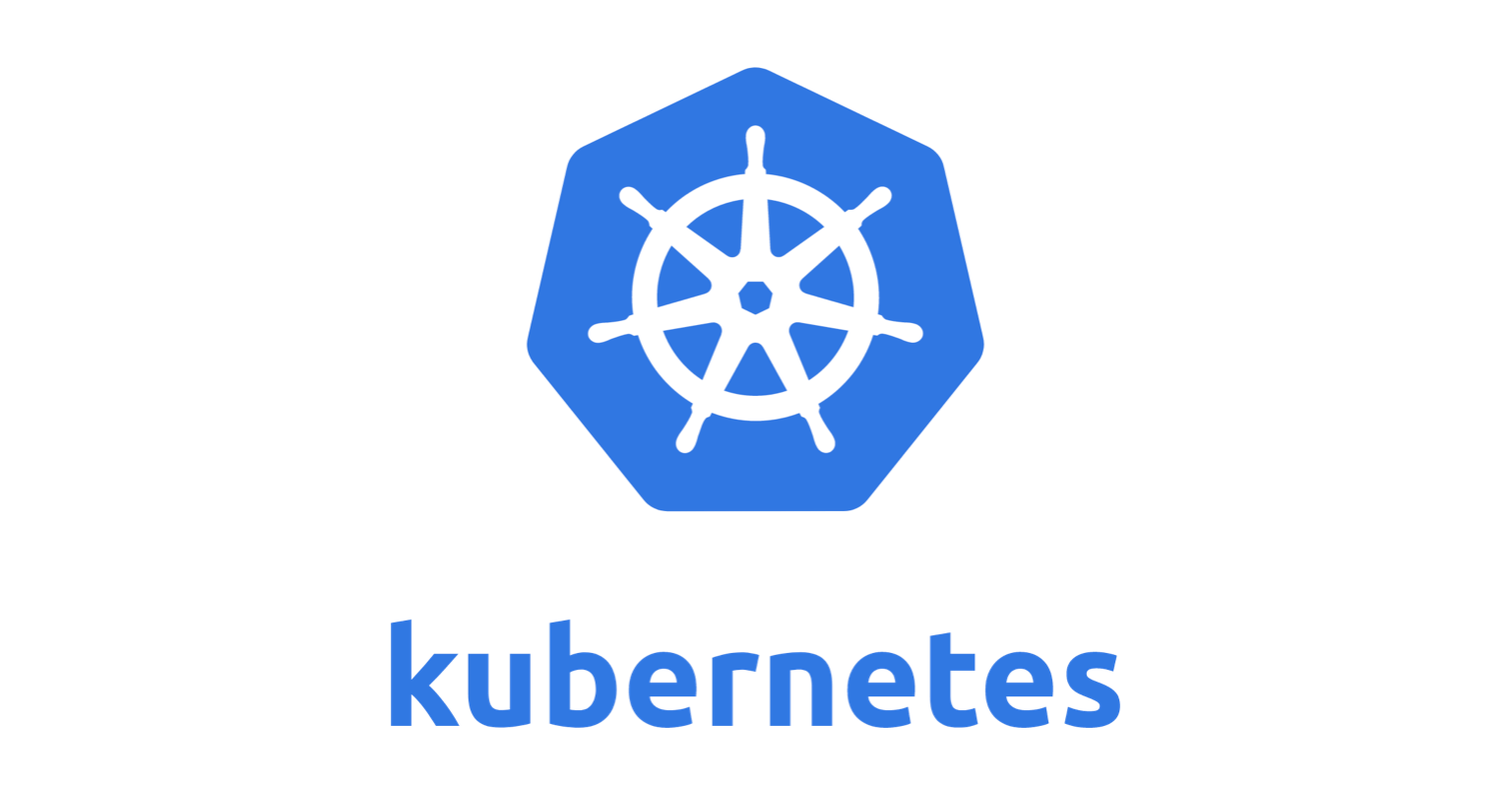 第42期 - 如何在kubernetes中配置Nexus OSS
第42期 - 如何在kubernetes中配置Nexus OSS
 【运维干货分享】如何在Kubernetes 上设置最新的 Nexus OSS
【运维干货分享】如何在Kubernetes 上设置最新的 Nexus OSS

Nexus 是开源的工件存储和管理系统。它是一种广泛使用的工具,可以在大多数 CI/CD 工作流程中看到。作为 DevOps 工程师,了解工件管理工具至关重要。
本指南将引导你完成在 Kubernetes 集群上部署 Sonatype Nexus OSS 的分步过程。
重要说明 以下是有关 nexus 设置需要注意的关键事项。
- Nexus 部署和服务是在 devops-tools 命名空间中创建的。确保你已创建命名空间,或者你可以编辑 YAML 以部署到其他命名空间中。此外,我们为Nexus 2和Nexus 3版本提供了不同的部署文件。
- 在本指南中,我们将对 nexus 数据使用主机卷挂载。本指南旨在用于 POC 或测试目的。你需要将主机卷挂载替换为持久卷,并调整其他 nexus 参数,以满足生产工作负载的生产要求。
- 在我们的 Kubernetes 清单中,nexus Service 被公开为 NodePort。你还可以使用类型 LoadBalancer 或使用 ingress 对象来公开 nexus 终端节点。
- 运行 Nexus 至少需要 2 GB RAM 和 1 个 VCPU。请查看官方系统要求了解更多详情。
Kubernetes Nexus 清单
本指南中使用的所有 Kubernetes 清单都托管在 Github 存储库中。将存储库克隆到本地工作站以直接执行它。
git clone https://github.com/bibinwilson/kubernetes-nexus.git
在 Kubernetes 上设置 Nexus OSS 让我们开始在 Kubernetes 上设置 nexus。
步骤1:创建一个名为devops-tools
kubectl create namespace devops-tools
步骤2:创建文件。nexus 2.x 和 3.x 的情况有所不同。我们两者都给了。根据你需要的 Nexus 版本创建 YAML。deployment.yaml
注意: 此部署中使用的镜像来自公共官方 Sonatype docker 存储库。(Nexus2 镜像和 Dockerfile)(nexus 3 镜像和 Dockerfile)
适用于 Nexus 2.x 的部署 YAML:如果要部署 nexus 2,可以使用以下部署文件。如前所述,nexus 数据目录将作为卷添加到主机服务器中。
apiVersion: apps/v1
kind: Deployment
metadata:
name: nexus
namespace: devops-tools
spec:
replicas: 1
selector:
matchLabels:
app: nexus-server
template:
metadata:
labels:
app: nexus-server
spec:
containers:
- name: nexus
image: sonatype/nexus:latest
env:
- name: MAX_HEAP
value: "800m"
- name: MIN_HEAP
value: "300m"
resources:
limits:
memory: "4Gi"
cpu: "1000m"
requests:
memory: "2Gi"
cpu: "500m"
ports:
- containerPort: 8081
volumeMounts:
- name: nexus-data
mountPath: /sonatype-work
volumes:
- name: nexus-data
emptyDir: {}
适用于 Nexus 3.x 的部署 YAML: 以下部署适用于 Sonatype nexus 3。它还具有 nexus 数据的主机数据卷。
apiVersion: apps/v1
kind: Deployment
metadata:
name: nexus
namespace: devops-tools
spec:
replicas: 1
selector:
matchLabels:
app: nexus-server
template:
metadata:
labels:
app: nexus-server
spec:
containers:
- name: nexus
image: sonatype/nexus3:latest
resources:
limits:
memory: "4Gi"
cpu: "1000m"
requests:
memory: "2Gi"
cpu: "500m"
ports:
- containerPort: 8081
volumeMounts:
- name: nexus-data
mountPath: /nexus-data
volumes:
- name: nexus-data
emptyDir: {}
步骤3:使用 kubectl 命令创建部署。
kubectl create -f deployment.yaml
检查 Deployment Pod 状态
kubectl get po -n devops-tools
步骤4:创建包含以下内容的文件,以使用 NodePort 公开 nexus 端点。service.yaml
注意:如果你在云上,则可以使用服务类型 Loadbalancer 使用负载均衡器公开服务。此外,Prometheus 注解将有助于 Prometheus 对服务端点进行监控。
apiVersion: v1
kind: Service
metadata:
name: nexus-service
namespace: devops-tools
annotations:
prometheus.io/scrape: 'true'
prometheus.io/path: /
prometheus.io/port: '8081'
spec:
selector:
app: nexus-server
type: NodePort
ports:
- port: 8081
targetPort: 8081
nodePort: 32000
使用 kubectl 检查服务配置。
kubectl describe service nexus-service -n devops-tools
步骤5: 现在,你将能够访问端口上任何 Kubernetes 节点 IP 上的 nexus,因为我们已经公开了节点端口。例如32000
对于 Nexus 2,
http://35.144.130.153:32000/nexus 对于Nexus 2,默认用户名和密码将为 和adminadmin123
对于 Nexus 3,
http://35.144.130.153:32000 nexus 3 的默认用户名是 admin,默认密码存储在 Pod 中。
首先列出 Pod 并获取 nexus Pod 名称。
kubectl get pods -n devops-tools
使用如下所示的 kubectl 命令获取存储在 location 中的密码。替换为你的 Pod 名称。/nexus-data/admin.passwordnexus-55976bf6fd-cvhxb
kubectl exec nexus-55976bf6fd-cvhxb -n devops-tools cat /nexus-data/admin.password